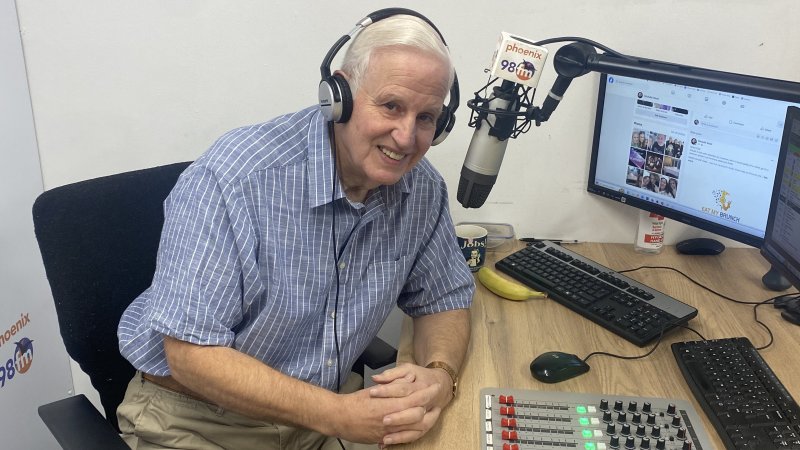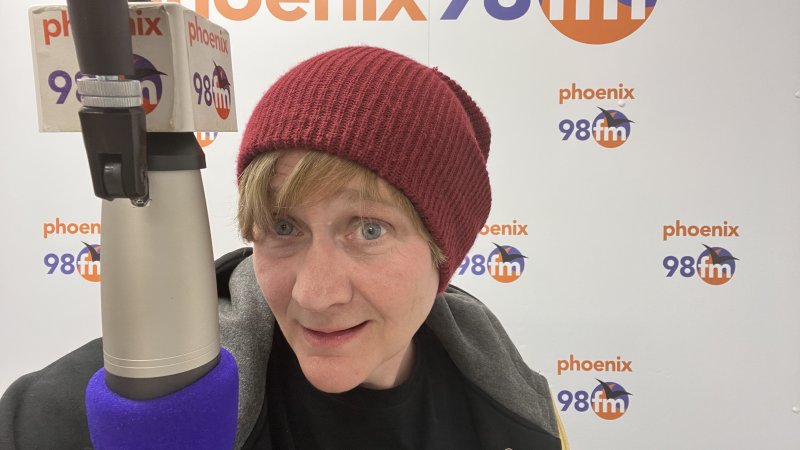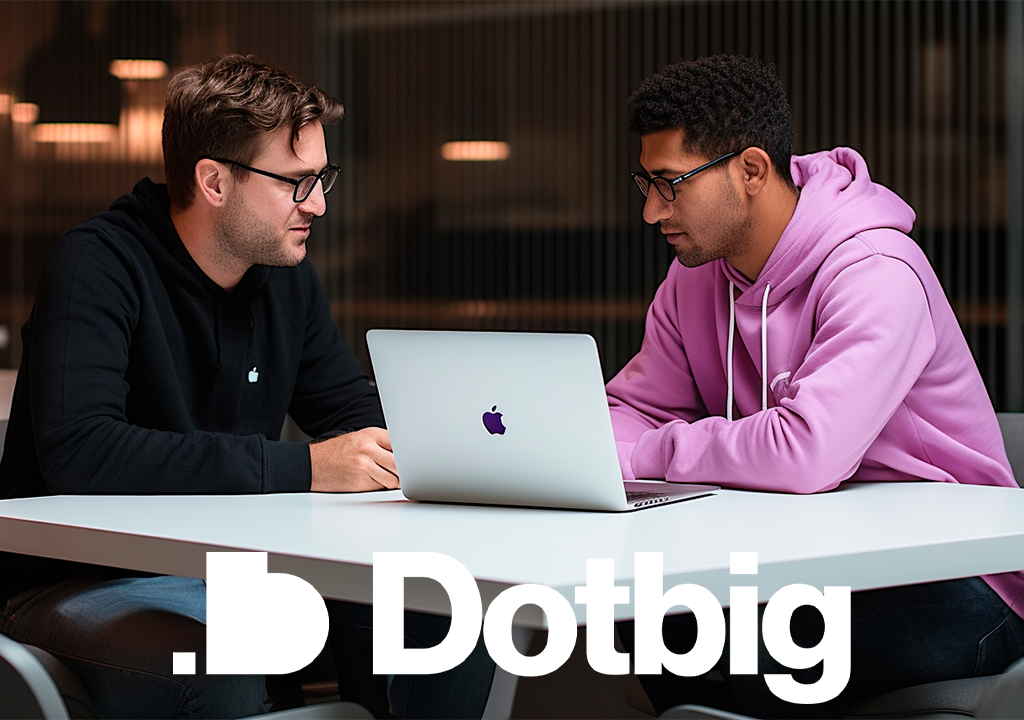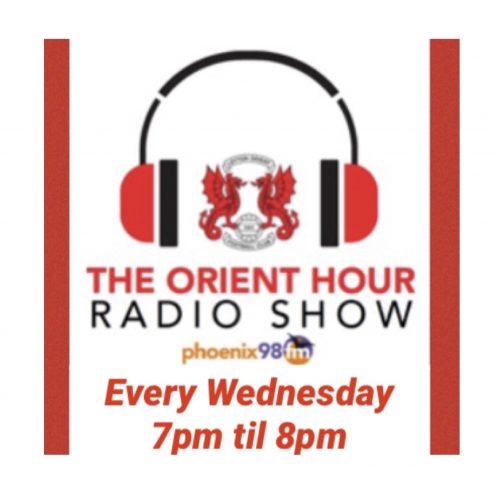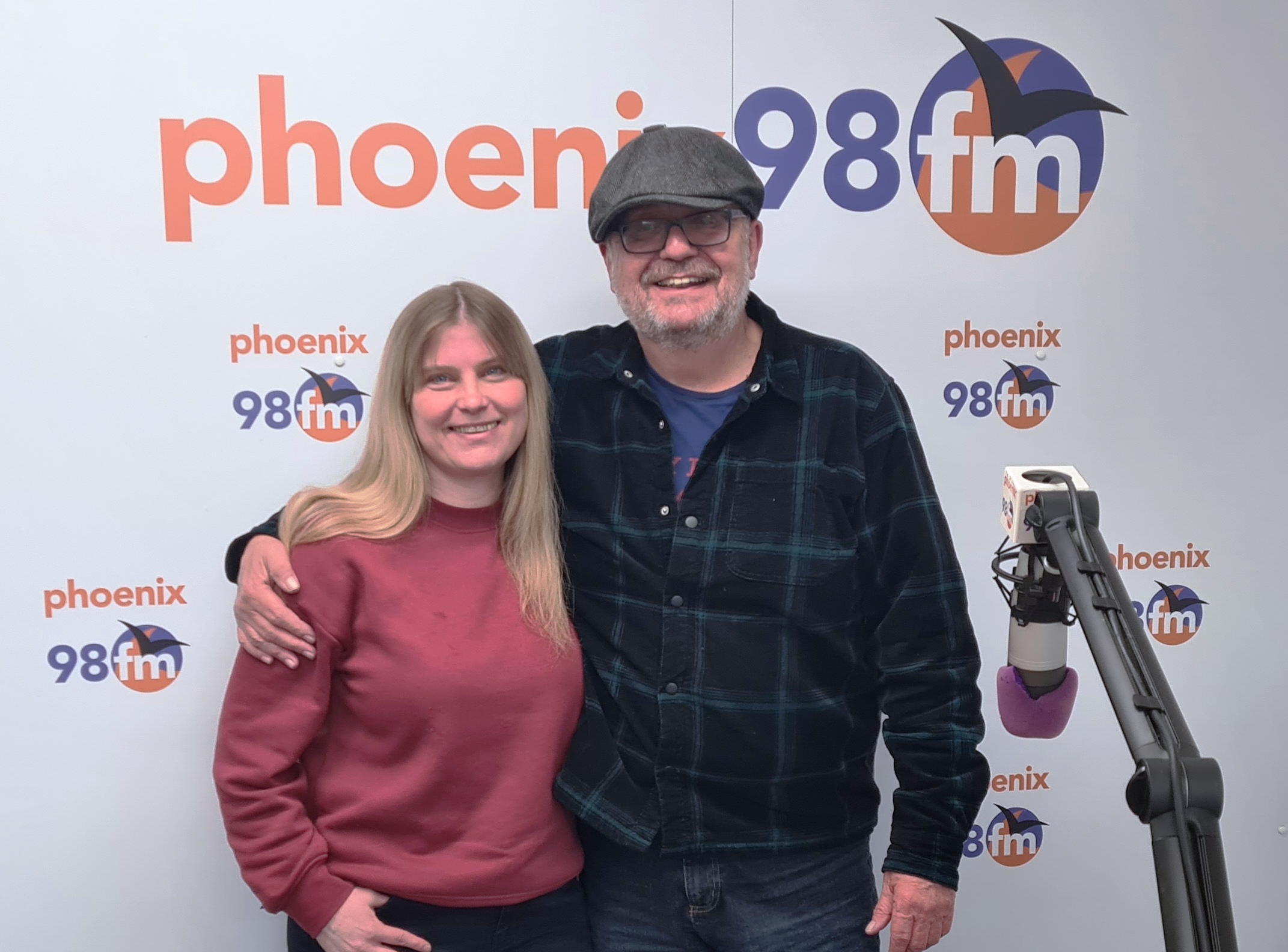When you hear the phrase financial literacy, what comes to mind? In a nutshell, it’s your make use of financial tools at your disposal. This typically involves how you budget, invest, and save your money. Not everyone truly understands how to become financially literate. Even if they have a good grasp on their finances, they might not understand the best way to grow their money or even increase their disposable income. If you’ve been struggling with getting your finances in order, this guide is for you. Read on to learn ways to maximize your money, even if you’re a beginner.
Set Financial Goals
The first thing you need to do is set financial goals. Your goal should include present day wants and needs as well as ones you want to reach in the future. Say your partner wants to earn another degree but their credit isn’t that great. You could look research how to refinance student loans with a cosigner to help them get approved.
Your credit would need to be in good standing, and you must not have any late payments on your own student loans, if you are still paying on them. Additionally, you’d also want to make sure that your debt-to-income ratio isn’t too high either. All you’d need to do is obtain a copy of your credit report and check your score. If there are any glaring errors or if you realize that your debt-to-income ratio is too high, you will then work towards correcting that prior to becoming a cosigner.
Increase Cash Flow
When it comes to increasing your monthly cash flow, it doesn’t always require getting a second job. You might be able to accomplish this simply be reevaluating the way you spend money. Look at your monthly spending habits to determine where your money is going. Pinpoint areas where you need to improve as well as things you can cut out. Many times, even super savers find ways to decrease how much they spend on food and transportation costs.
Set Up Different Saving Accounts
Everyone knows how important saving is, yet it’s something that’s not easy to do. But what some may not understand is that you don’t need to put away hundreds every month to have savings. Even putting away $15 each month counts towards your savings. It can take a while to reach an adequate amount you can fall back on, but what matters is that you always start somewhere. There are plenty of savings accounts you can open including the traditional one, high-yield accounts, specialty savings accounts, and cash management account. Each account has their own unique function, but they accomplish the same purpose.
One of the best savings accounts you can open is a high-yield savings account. It’s an easy way to get into investing while simultaneously making a profit. How this works is that you deposit a certain amount of funds into the account just as you normally would. What separates this account from others is the interest rate factor. This interest rate, which depends on where you opened the account, increases the amount of money you have in savings. Something you should bear in mind, however, is that high-yield savings account is kind of limited. You can only withdrawal from this account up to six times per month and you can only do so through your chosen bank. Aside from that, high-yield savings accounts are a great way for beginners to knock out two birds with one stone when it comes financial literacy.
Research Budgeting Apps
If you’re struggling to keep up with your expenses, it’s nothing a good budget can’t fix. However, budgeting can be difficult for beginners; it’s time-consuming and you may accidentally miss an expense. But as luck would have it, we live in what’s known as the digital age where technology and apps make these tasks far easier than they were. A mobile app for budgeting can automatically keep track of your spending while helping you meet your financial goals. All you must do is enter the information once and then make routine updates.





